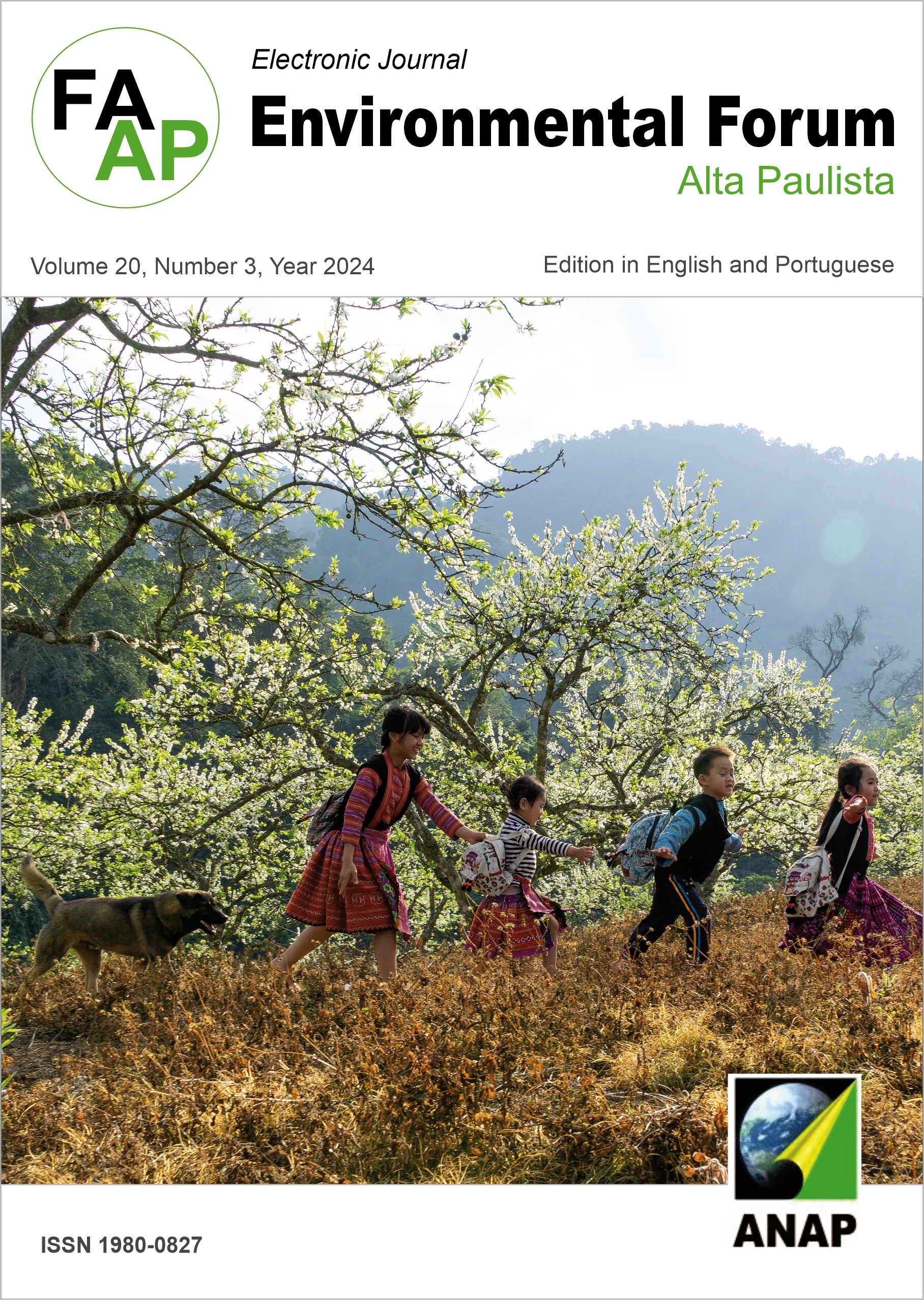Use and conservation of by-products from the grape processing industry for food purposes
DOI:
https://doi.org/10.17271/1980082720320245027Keywords:
Antioxidants, Centesimal composition, Vitis, Drying, Grape pomaceAbstract
Brazil is one of the world's largest producers of fruit waste, primarily originating from the food processing industries, which can lead to environmental problems. Consequently, numerous studies have been conducted to investigate the nutritional and functional value of fruit residues, suggesting alternative uses. Grapes are a great source of antioxidant compounds; a large amount of waste is generated during their industrial processing for wine, juice, jelly, etc. Such residues may contain substantial amounts of antioxidant compounds that arouse scientific interest due to potential health benefits. This study aimed to evaluate the possibility of reusing grape pomace to avoid improper disposal by comparing oven-drying and freeze-drying techniques to determine which process yields better results. Different temperatures and drying methods were tested (oven: 45, 65, 85, and 105°C; and freeze-drying). The residues and flours (grape pomace flours) were analyzed for their physical, chemical, nutritional, and functional properties. The results show that grape pomace contains compounds and characteristics that could be valuable in food production as a source of sugars, anthocyanins, and proteins. The characterization of the flours revealed that regardless of the drying technique, all flours exhibited quality for their utilization. Moreover, after drying at 85°C, most bioactive compounds are generally degraded, whereas the freeze-drying process and low-temperature drying better preserve the flour's characteristics. In summary, grape pomace can be utilized in food production, enhancing the physical, chemical, nutritional, and functional properties of products made using its flour.
Downloads
Downloads
Published
Issue
Section
License

This work is licensed under a Creative Commons Attribution-NonCommercial-ShareAlike 4.0 International License.












